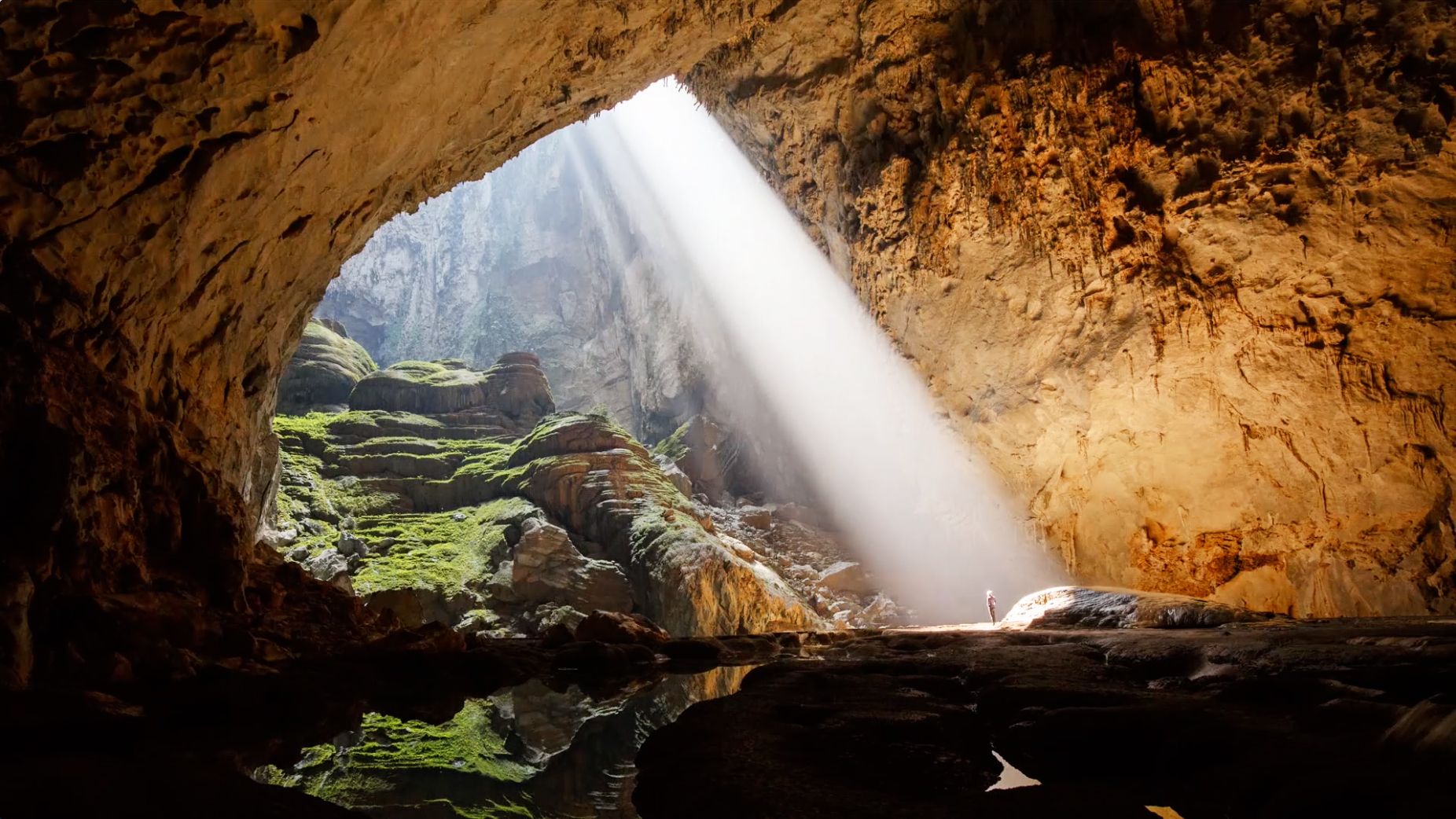Have you noticed how plants really seem to be having their moment on design blogs? Seems like there’s not a photoshoot now without a potted plant lurking somewhere in the frame.
Well, plants are getting their due from mainstream science, too, as the carbon dioxide-chugging, oxygen-giving cornerstone of life on earth.
In between binge-watching reruns of The West Wing, (which I never saw in its first run — btw, a great antidote to today’s poisonous political climate), a Scottish BBC documentary we really liked is “How To Grow a Planet.” Geologist Iain Stewart rapels down sheer cliff faces to show us fossil evidence of one of the earliest forests, visits a nameless California garden filled with cycads (Lotusland? The Huntington?), explains why the oceans didn’t stay purple, how angiosperms outcompeted gymnosperms, and offers scientific evidence in stunning locales as to why plants are the foundation and salvation of the planet. All wrapped up in a voice reminiscent of a cheerfully brilliant, outdoorsy Simon Pegg.

“An enormous shaft of sunlight plunges into the cave like a waterfall. The hole in the ceiling through which the light cascades is unbelievably large, at least 300 feet across. The light, penetrating deep into the cave, reveals for the first time the mind-blowing proportions of Hang Son Doong. The passage is perhaps 300 feet wide, the ceiling nearly 800 feet tall: room enough for an entire New York City block of 40-story buildings. There are actually wispy clouds up near the ceiling.” – “Vietnam Cave,” National Geographic”
The documentary opens with a visit to Hang Sơn Đoòng cave in Viet Nam. Just discovered in 1991, it is the largest cave in the world. What especially excites Stewart is the rain forest that sprang up from the cave floor when light pierced through following a ceiling collapse. Trekking through darkness to come upon a blinding explosion of light and life is the visual metaphor for Stewart’s three-part documentary on the primacy of plants, which has to be one of the greatest stories never told. As a geologist, Dr. Stewart admits he always thought it was all about tectonic plates and rocks. Part of the show’s appeal is his enthusiastic conversion to a deeper appreciation of the central role of plants. Trust me, you’ll never look at a potted plant in the same way again.

Thank you for the recommendation. It sounds like it’s right up my alley. I’ll put it in my Netflix queue.
Thanks for the recommendation! That picture is beautiful.
@Gerhard, I’ll be curious to hear your opinion. Nature/science shows have changed since the hushed-toned days of David Attenborough, and this one borders on striving too hard to be entertainment for the 21st century attention span. Still I thought it succeeds.
@Renee, you’re most welcome! The only caves I’ve ever visited were Carlsbad Caverns as a kid, but they do leave an impression!
This have been lingering on my Netflix list for a couple of months now. I guess I will push it closer to the top.